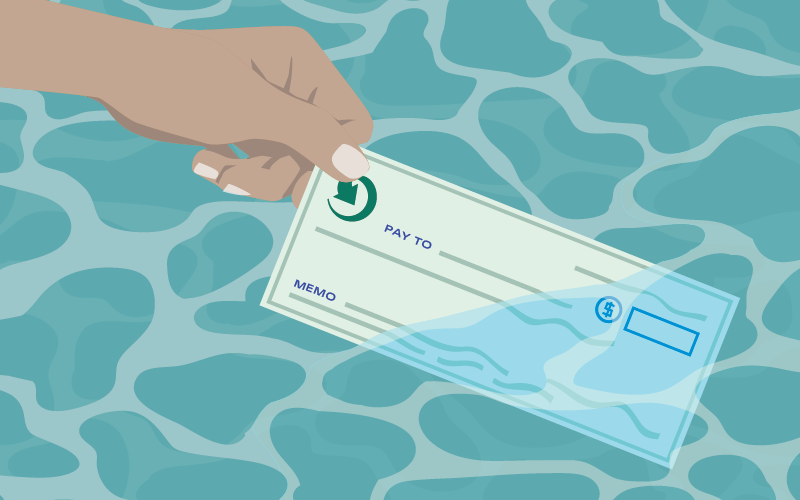
Fraud Education
About

Check Fraud Schemes
Check fraud, which has been quietly mushrooming for years, has reached a tipping point where most people and businesses have either had to deal with it or can expect to in the near future. While many reported frauds are fueled by a scheme called check washing, that’s not the only way crooks use checks and checking accounts to steal.
One key to understanding the growth in check-related fraud is resetting expectations about who is committing the crime and how they go about it. In some cases, it’s a single person with equipment so advanced they can create an ultra-high quality certified or bank check that’s good enough to fool almost anyone. The other side of the fraud spectrum is an entire operation dedicated to stealing from mailboxes, mail carriers and distribution centers that uses shell businesses or identities to cash stolen or forged checks. What’s worse is that in any scheme a victim’s sensitive personal data is exposed which can then be used to create fake identities or businesses or to open lines of credit in the victim’s name.
How can you spot a check fraud scheme?
Thieves rely on a slew of reliable check-related frauds. In the most popular — check washing — a check is stolen from the mail and a thief modifies the payee and check amount. The washed check can be sold, cashed or the real account numbers from the stolen check can be used to create fake checks. Other fraud schemes involving checks include:
- Giving an unknowing victim a counterfeit check to deposit and then asking them to return a portion of the funds.
- Buying something from a victim and sending a fraudulent “certified” check for payment. Many times, the check amount is larger than the agreed upon price, so the victim is asked to deposit it and “refund” the thief the difference.
- Telling a victim they have won a lottery or have an inheritance but first must pay taxes and fees. The thief will send the victim a fake cashier’s check to cash and wire the funds back to cover said “taxes and fees.”
- Stealing a legitimate check and forging the payee’s signature on the back of the check.
Time is often of the essence in check-related scams. Thieves prey on the requirement that banks must make funds available to an account holder, long before a check can be proven as fraudulent. Once a check is proven fraudulent, in most cases, an account holder is responsible for any funds that have been provided to a scammer.
When checks are cashed or deposited, the funds are available to account holders quickly — often before they’re proven fraudulent.

What steps help stop check fraud schemes?
Learn to identify fake checks and scenarios that put you — and your information — at risk. Here are ways you can help put the brakes on check-related fraud:
- Use FDIC’s BankFind to make sure the bank name on a check is legitimate.
- Call an official phone number from the issuing institution to verify, not a phone number on the check which could also be fake.
- Look for other red flags like poor grammar and misspellings, unsolicited checks from strangers, correspondence limited to email or text only, a postmark and check from different places, a check amount differing from what was expected, or a signature in the endorsement area that looks fake or traced.
- Inspect the check for security features like watermarks and color changing ink or if they are absent or poorly executed.
Think you’ve been targeted by a counterfeit check scam? If you received it through the mail, report it immediately to the U.S. Postal Inspection Service. For potential online crimes involving counterfeit checks or money orders, file an online complaint with the joint FBI-National White Collar Crime Center’s Internet Crime Complaint Center. Or contact your state’s consumer protection office.
Sources: apnews.com,
aarp.org, fdic.gov



